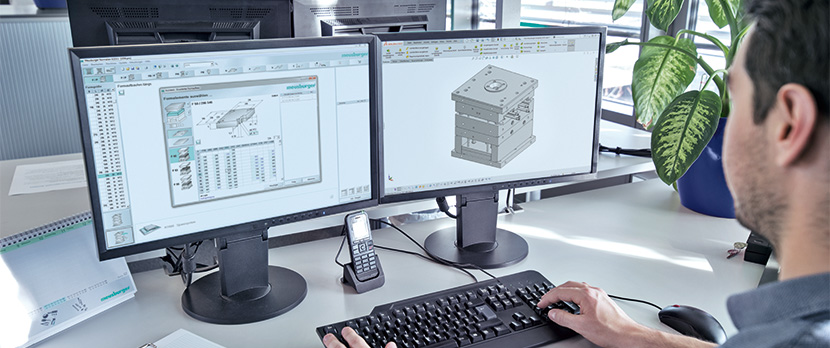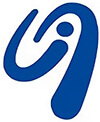Technical drawings are the foundation of precision manufacturing in CNC machining. These detailed blueprints provide machinists, engineers, and designers with essential specifications, ensuring that each component is manufactured with high accuracy and consistency. Without precise drawings, achieving tight tolerances and complex geometries would be significantly more challenging.
Precision and Accuracy
Precision is critical in CNC machining, where even the slightest deviation can lead to part failure or assembly issues. Technical drawings include exact measurements, tolerances, and geometric dimensioning and tolerancing (GD&T) information. This level of detail allows machinists to understand the exact requirements and execute the machining process accordingly. By following these standardized specifications, manufacturers can minimize errors, avoid costly rework, and ensure that the final product meets industry standards.
Effective Communication Across Teams
A well-prepared technical drawing serves as a universal language between engineers, designers, and machinists. Unlike verbal or written descriptions, which can be ambiguous or misinterpreted, detailed drawings provide a clear and standardized representation of a component. This clarity eliminates confusion, reduces back-and-forth communication, and enhances collaboration between departments. Whether the machining is done in-house or outsourced, technical drawings help ensure that everyone involved in the process understands the exact expectations and requirements.
Ensuring Consistency and Quality Control
Maintaining uniformity across multiple production runs is essential in CNC machining. Technical drawings serve as the benchmark for quality control, providing inspectors with reference dimensions and specifications to verify the accuracy of machined parts. By following standardized drawings, manufacturers can produce identical components, ensuring compatibility and functionality in assemblies. Additionally, any deviation from the specifications can be quickly detected, preventing defective parts from moving forward in the production process.

Guidance for Machining Processes
Beyond defining the final shape of a component, technical drawings include information about material selection, surface finishes, hole placements, threading specifications, and machining tolerances. These details help machinists select the appropriate tools, cutting speeds, and feeds to optimize efficiency. In many cases, drawings also specify whether additional processes such as heat treatment, anodizing, or plating are required. Providing this level of detail upfront reduces guesswork, improves machining efficiency, and ensures that the final part meets performance requirements.
Legal Documentation and Standardization
Technical drawings act as formal documentation of a part’s design, ensuring that the specifications remain consistent across different production cycles. This is particularly important for companies that require regulatory compliance, intellectual property protection, or quality certifications. A detailed and well-documented drawing ensures that even if a part needs to be reproduced years later, it can be manufactured with the same precision as the original.
Reducing Production Costs and Time
Well-structured technical drawings streamline the manufacturing process, reducing time spent on clarifications and corrections. By clearly defining all necessary details, manufacturers can optimize machining operations, minimize material waste, and reduce machining time. This efficiency translates into cost savings, particularly in high-volume production, where minor inefficiencies can lead to significant financial losses over time. Additionally, having clear drawings reduces the chances of miscommunication, which could otherwise lead to expensive rework or scrap parts.
Facilitating Modifications and Iterations
In product development and prototyping, modifications to designs are often required. With detailed technical drawings, engineers can easily revise specifications and update machining instructions without starting from scratch. Having a standardized drawing also makes it easier to compare different design iterations, assess improvements, and implement changes efficiently. This iterative approach is crucial in industries where continuous improvement and innovation are necessary for staying competitive.
Conclusion
Technical drawings are indispensable in CNC machining, providing the precision, consistency, and clarity needed for high-quality manufacturing. They serve as a communication bridge between design and production teams, ensure compliance with industry standards, and optimize machining processes for efficiency and cost-effectiveness. Investing time in creating accurate and detailed drawings is essential for any manufacturing operation that aims to maintain high standards, reduce waste, and produce components that meet exact specifications. In an industry driven by precision, having a well-defined technical drawing is not just beneficial—it is a necessity.



